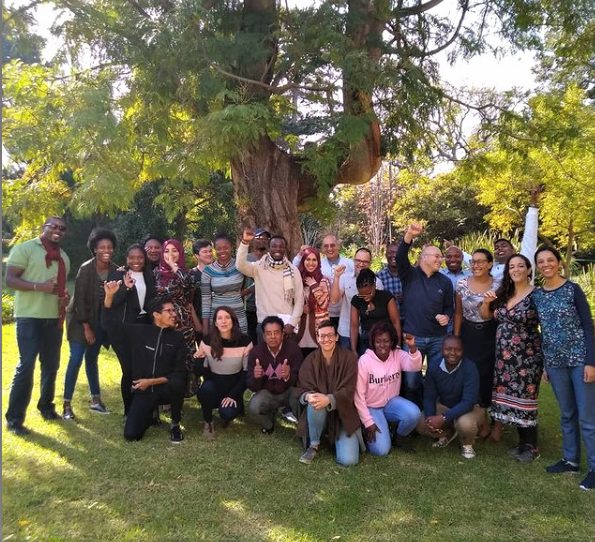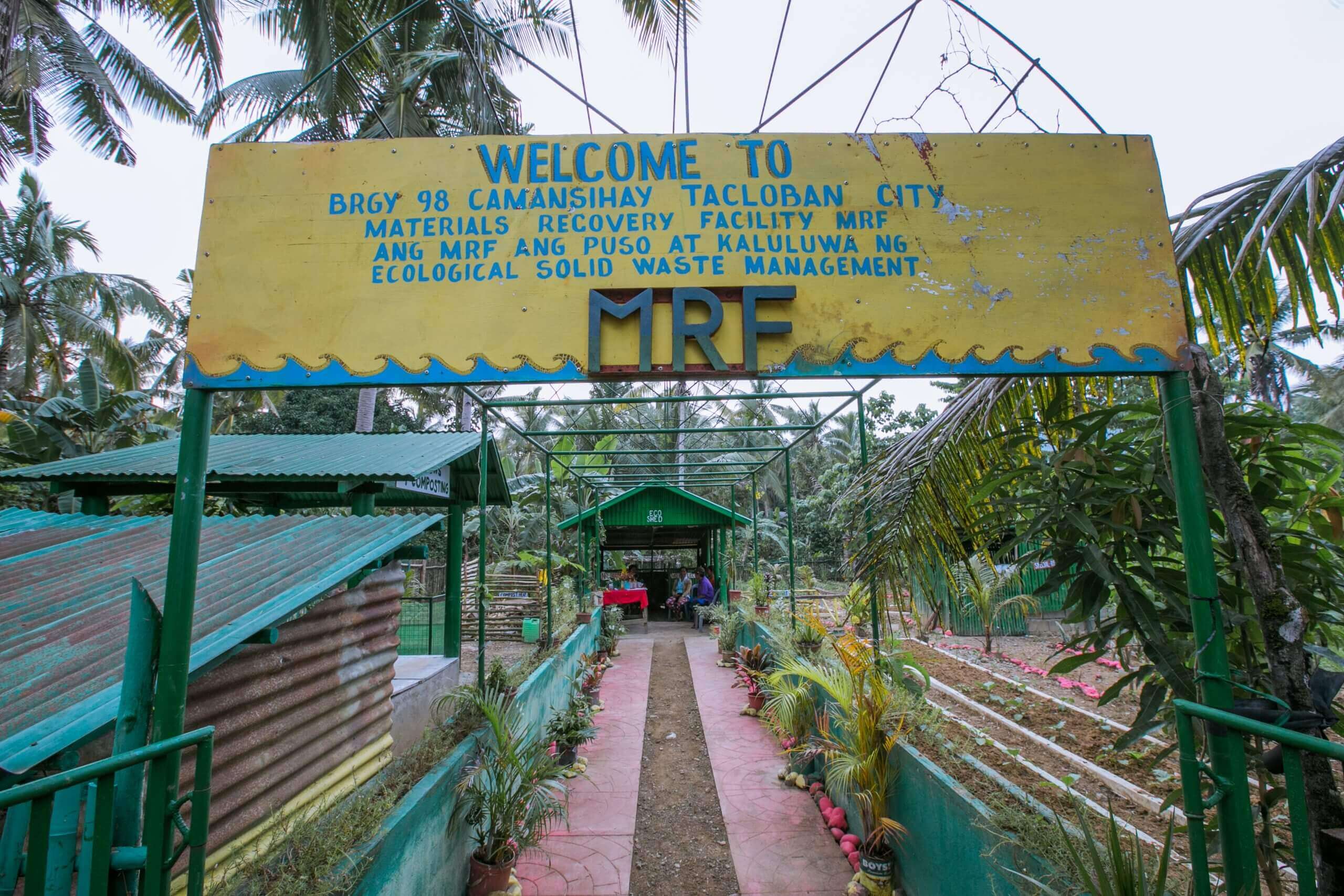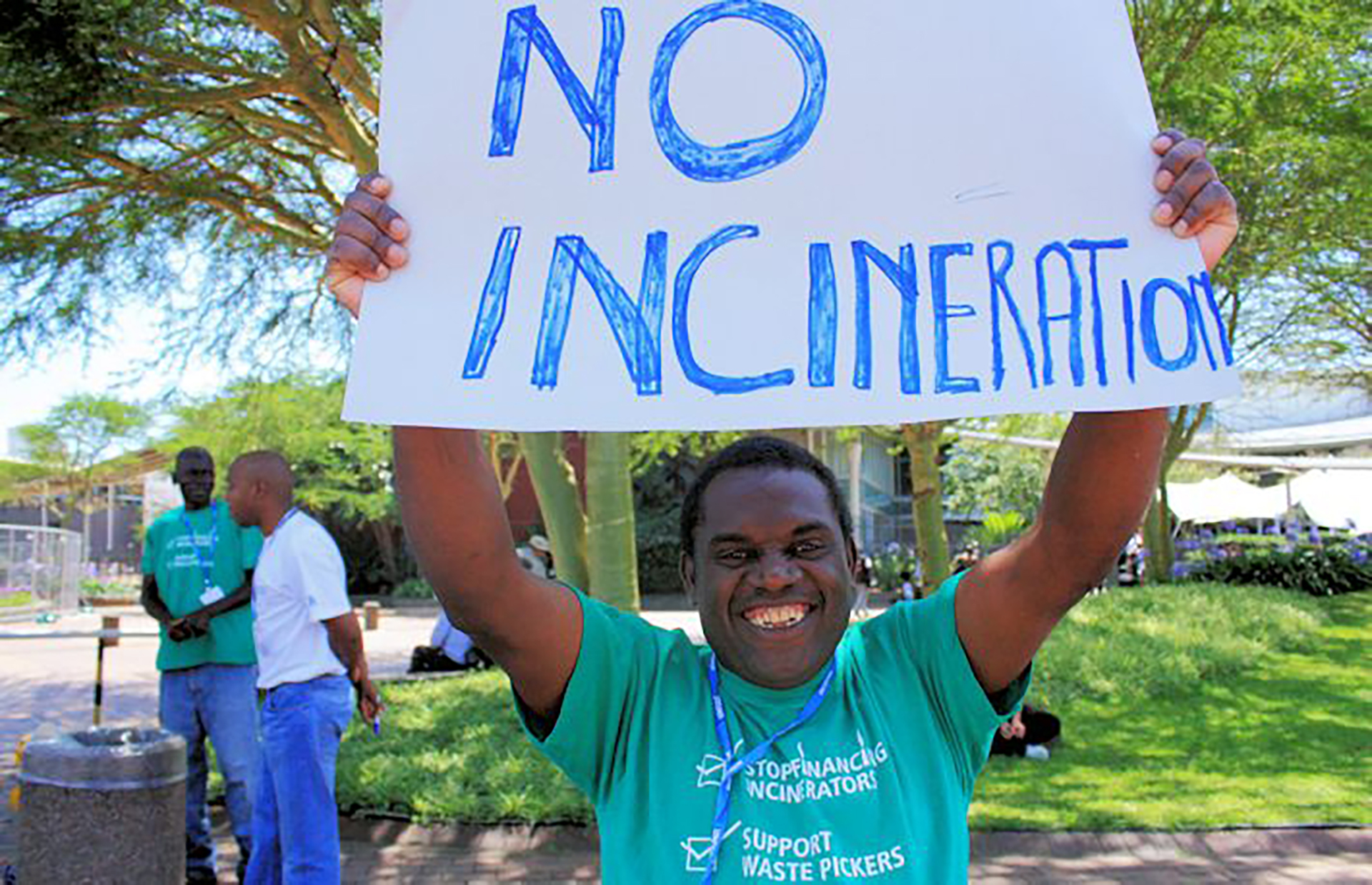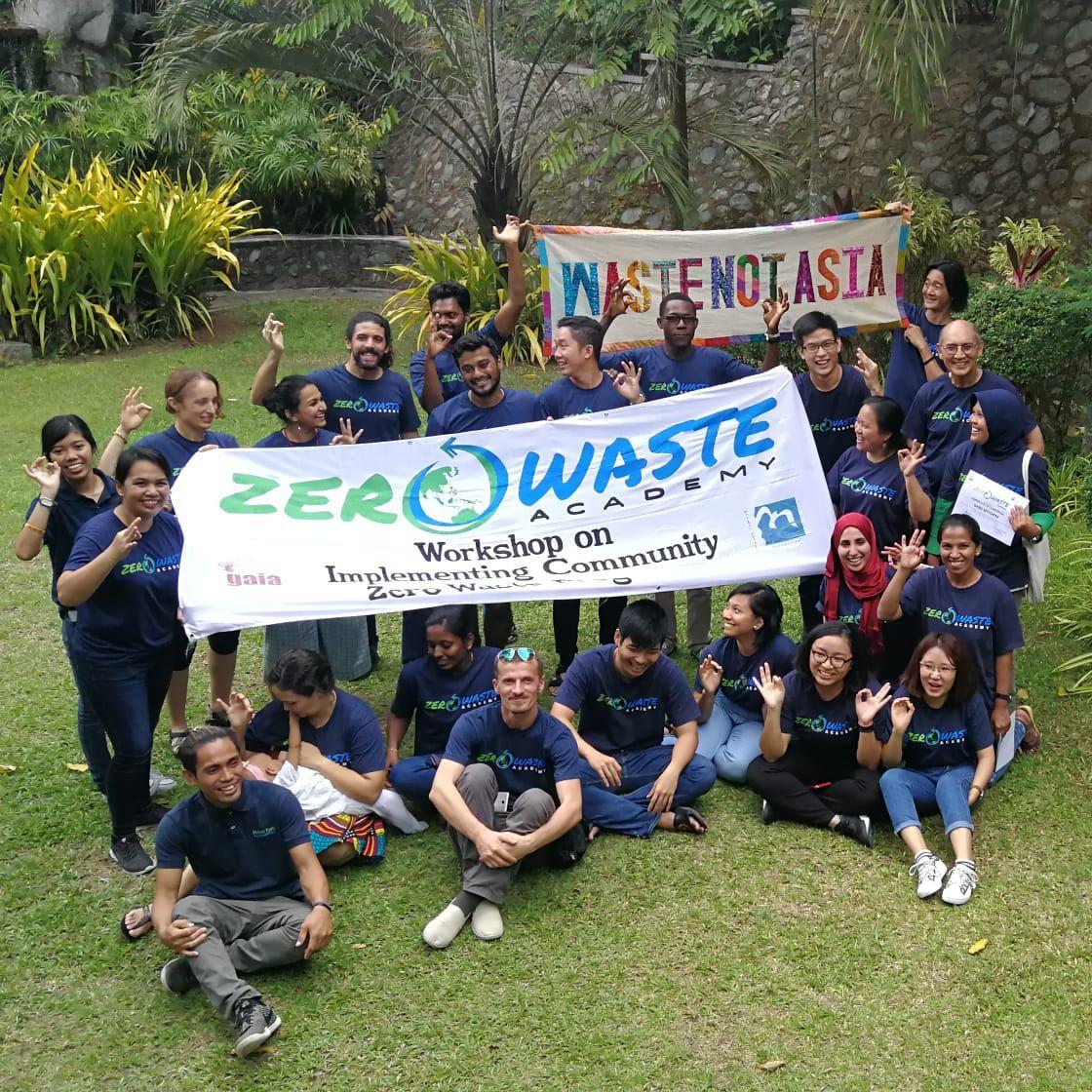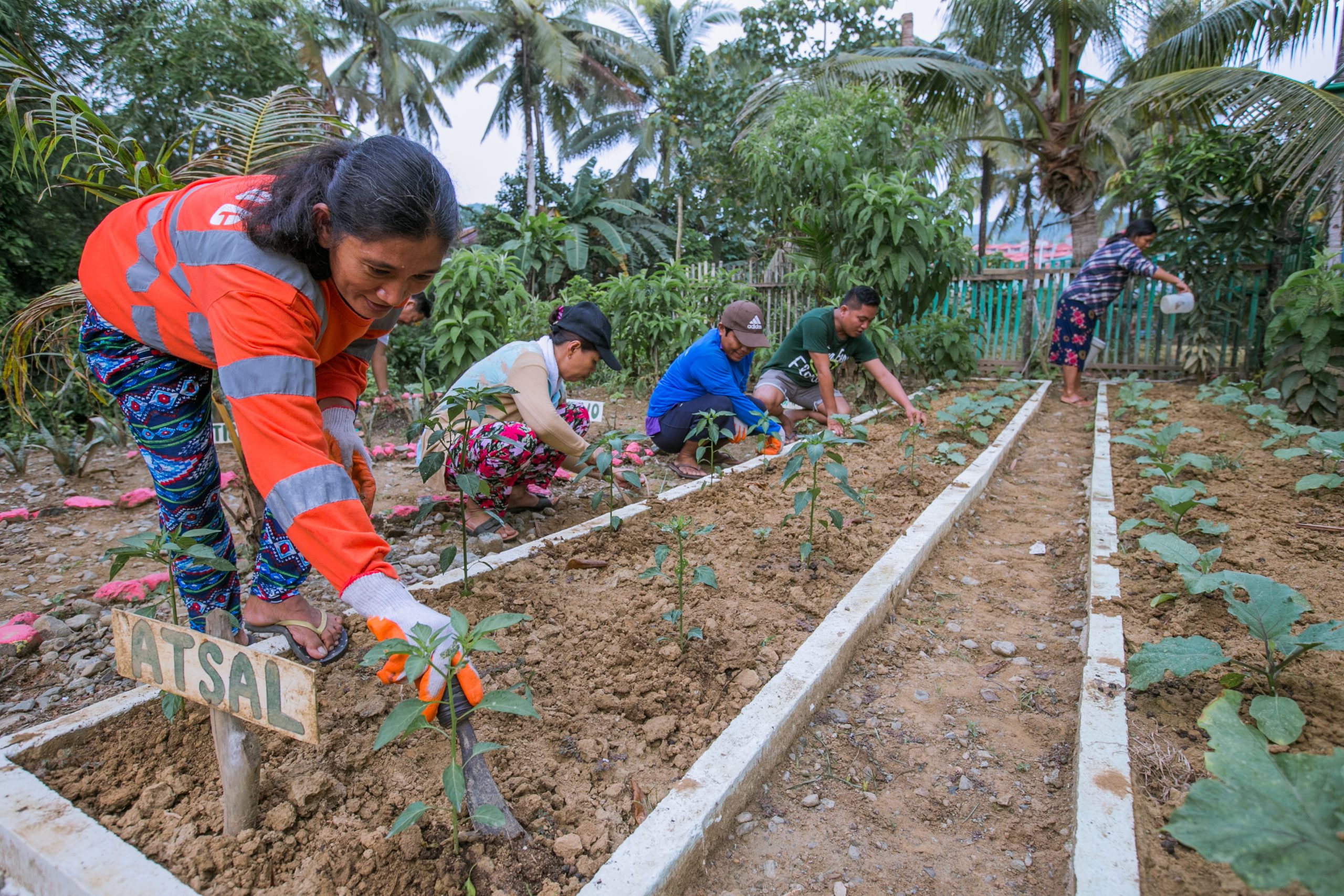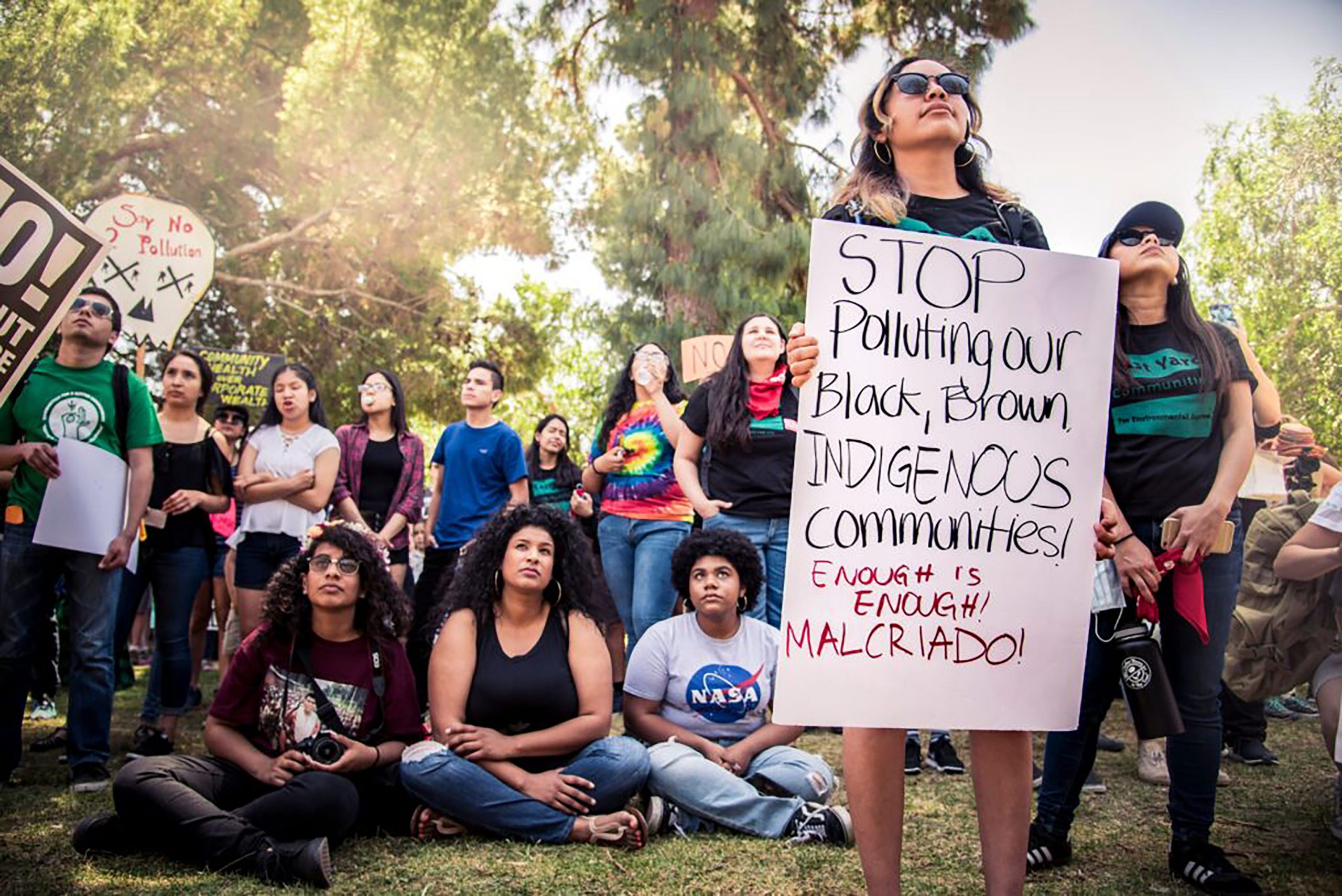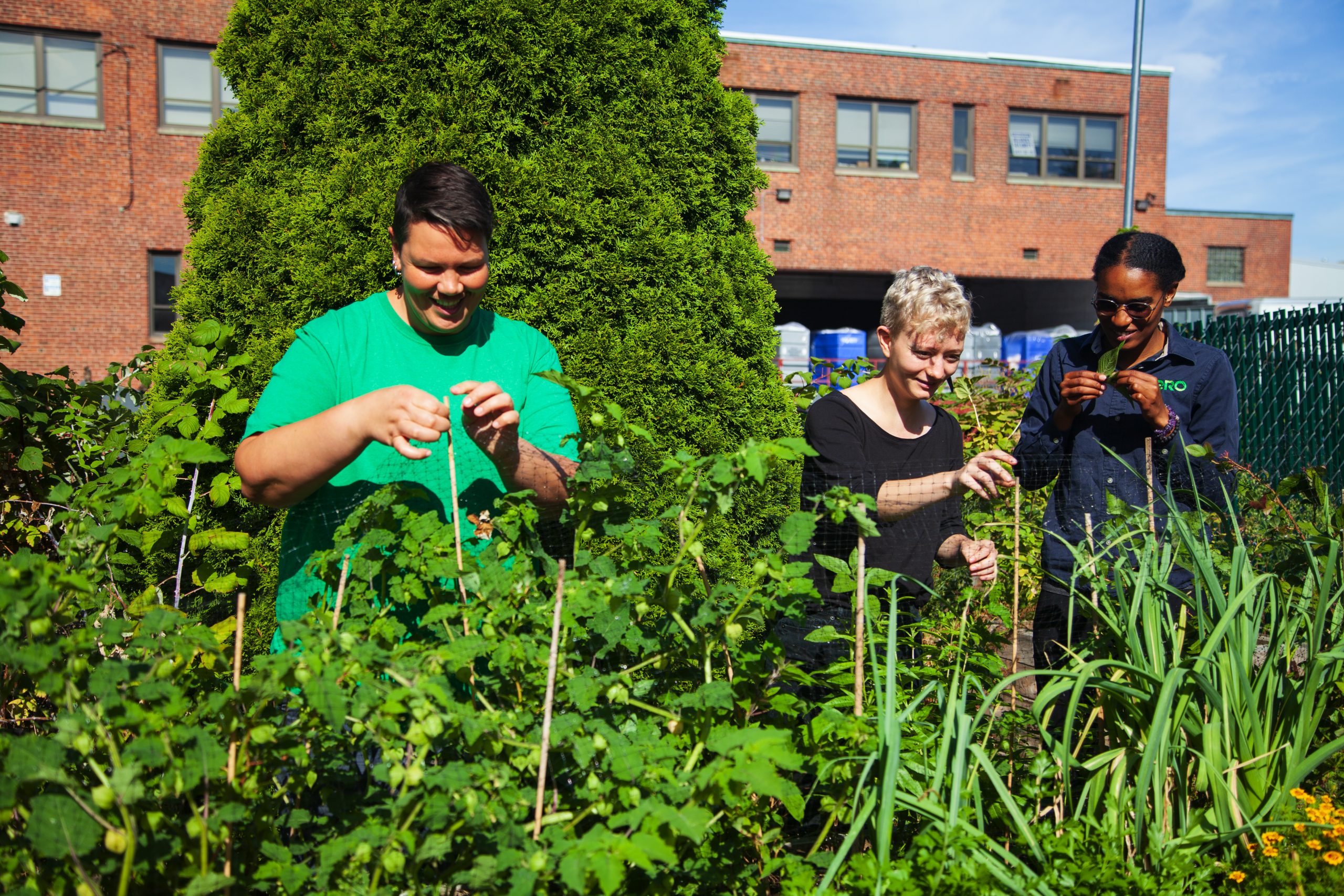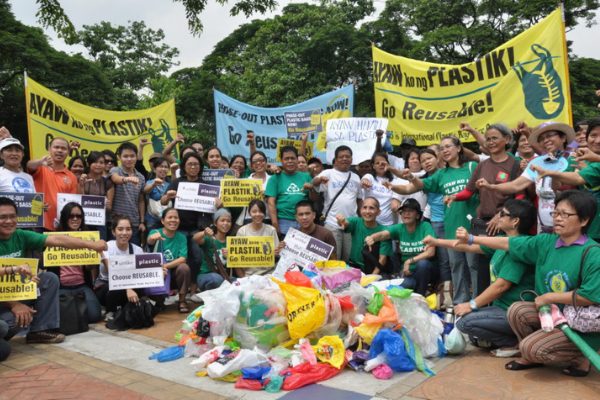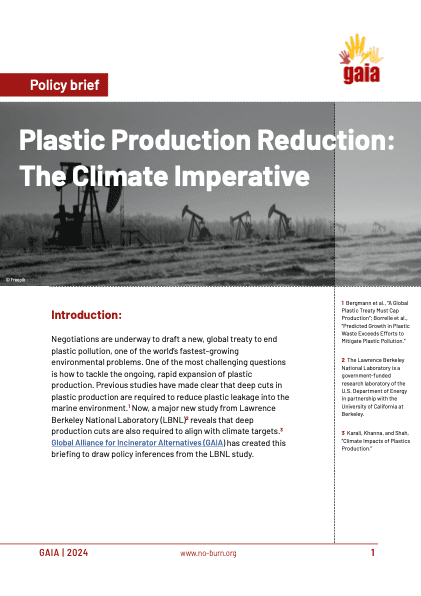World Health Day, Apr 7, 2021—The Global Alliance for Incinerator Alternatives (GAIA) Asia Pacific, together with #breakfreefromplastic, Greeners Actions (Hong Kong), Health Care Without Harm-Southeast Asia, and UPSTREAM warn the public of another pandemic waiting to happen: diseases borne out of toxic chemicals present in most food packaging.
“The dramatic rise in the use of single-use plastics in food service during the pandemic has been fueled by a false industry narrative that single-use plastics (SUPs) prevent virus transmission,” said Miriam Gordon, UPSTREAM Policy Director in a media briefing on The Unwrapped Project: Exposing the health risks of plastics + food packaging chemicals. She added, “COVID-19 research demonstrates the virus is transmitted from aerosolized droplets not by touching contaminated surfaces and the idea that plastic packaging makes us safer lacks any scientific basis.”
While SUPs are being marketed as the safer option, The Unwrapped Project is exposing that there are over 4,000 chemicals present in plastic packaging and many are known to be hazardous to human health. (1)
In test samples from 19 locations world-wide, 93% of the bottled water samples contained micro-plastics with an average of 10.4 plastic particles per liter. Unknown to many, micro-plastic can translocate across the gut and enter the circulatory system, accumulate in the major organs, and travel through the lymph system ending up in the liver and spleen. When inhaled micro-plastics, depending on size and shape, can travel through the respiratory system, become lodged in the lungs, and possibly translocate to other parts of the body.
“During the pandemic, we encourage people to bring their own food boxes when ordering takeaways. The risks of contracting the virus come from respiratory contact. Using SUPs does not mean you are better protected from the virus,” said Michelle Chung, Senior Project Officer and lead of the ST0P campaign at Greeners Action in Hong Kong. “With our ST0P campaign, we educate consumers and business owners (restaurants and malls) alike that there are safer options to use other than SUPs that end up in landfills.”
The health care sector is another sector that has seen an increase in single-use plastics use during the pandemic. “While there are essential single-use plastics such as IV lines and syringes being utilized in the health care sector, there are also a number of non-essential ones like disposable utensils that the sector can start transitioning away from.. What we want is to find safer and sustainable materials, design, management or alternatives for essential plastics and a complete phase out of non-essential plastics in health care,” said Paeng Lopez, Plastics in Healthcare Project Officer and Sustainable Health in Procurement Project Philippine Coordinator at HCHW-SEA. “That said, and pursuant to our objective of a healthy recovery, we are encouraging the health care sector to begin saying no to non-essential plastics now.”
“The good news is that there are alternatives,” said Miko Alino, GAIA Asia Pacific Program Manager. “There are businesses offering SUP-free packaging all over Asia Pacific and the world. Some say those are niche businesses, but they are not. We used to bring reusables when we bought food, our parents used to bring traditional native baskets to markets. Sachets were unheard of until just a few decades ago.”
Knowing the hazards of the toxic chemicals found in plastics food packaging, the groups are calling for:
- Making alternatives available by providing incentives to refilling stations and Zero Waste stores;
- Guidelines on toxic-free packaging to include elimination of chemicals in food packaging;
- A phaseout schedule for sachet use to be included in SUPs ban; and
- Incentivize development of community-driven livelihood projects for alternative natural and local materials.
Note:
- According to The Unwrapped Project, over 4,000 chemicals can be present in plastic packaging and of those, 906 have been identified as likely to be present in plastic packaging with 68 chemicals particularly hazardous for the environment and 63 to human health.
____________________________
The UNWRAPPED Project aims to raise awareness across the globe about the human health risks posed by plastics and food packaging materials and chemicals. All forms of single-use food and beverage packaging appear to contain health-harming chemicals that migrate into food and beverages and pose health risks. Therefore in addition to calling for an end to single-use plastic packaging that is filling the environment with large-scale to nanosized forms of plastic (polluting the air we breath, water we drink, and food we eat), The UNWRAPPED Project calls for corporate and government decision makers to take a precautionary approach to using harmful chemicals that are known to migrate out of packaging and cause human health impacts and use only chemicals and packaging materials that are proven safe. UPSTREAM, Zero Waste Europe, and GAIA lead the work in the US, Europe, and Asia Pacific. UnwrappedProject.org
MEDIA CONTACT:
Sonia G. Astudillo, Asia Pacific Communications Officer, Global Alliance for Incinerator Alternatives, +63 917 5969286
Julian Carlos Cirineo, Communications and Outreach Associate, #breakfreefromplastic, +63 977 8077627
Related resources:
